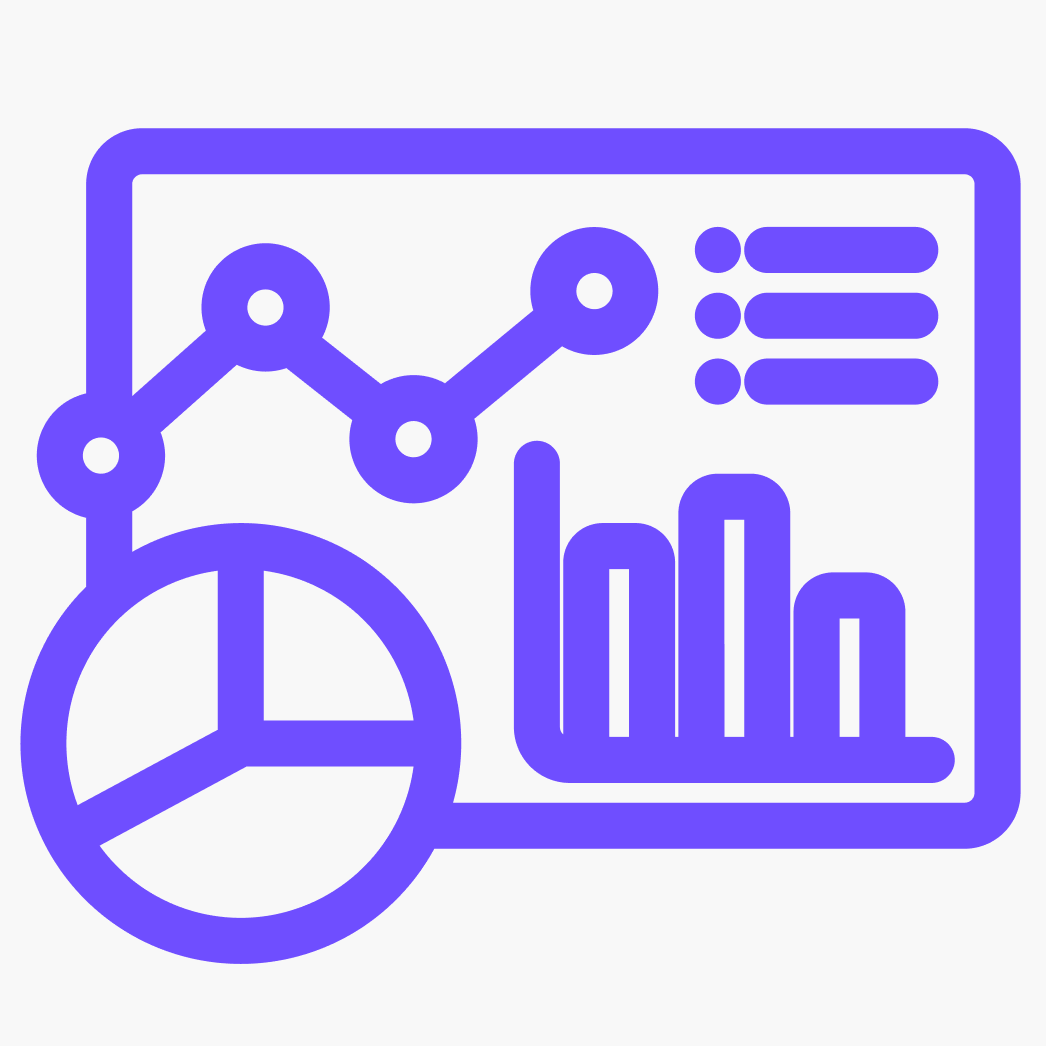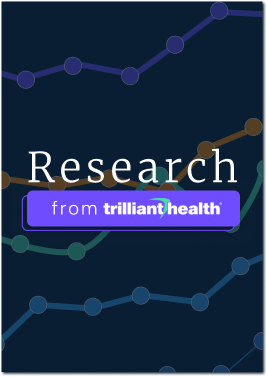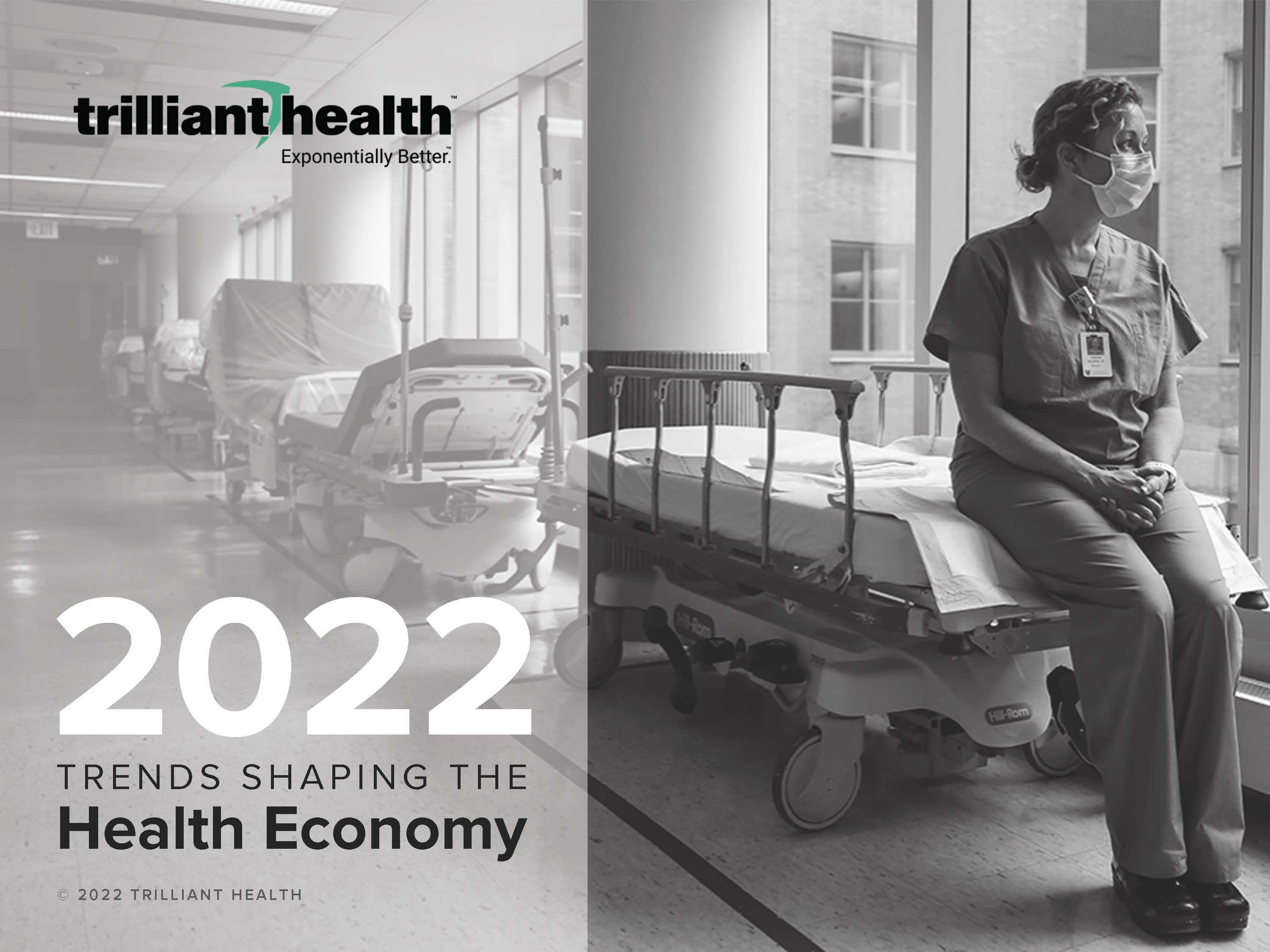2022 Trends Shaping the Health Economy Report
With more than 110 data-driven analyses, our second annual report sheds light on the past, contextualizes the present and predicts the future of the health economy, highlighting 13 macro trends that the pandemic has significantly amplified or accelerated.
- The Evolving Health Economy
- 13 Health Economy Trends
- Conclusion: Reduced Yield
- Methodology
Report Summary
Our second report examines the cumulative impact of 13 secular trends to reveal how the intersection of demand and supply informs the expected yield in terms of patients and, therefore, revenue. The conclusion? Every stakeholder – from health systems to medical device companies - will be impacted by reduced yield.
The report challenges health economy stakeholders to think critically about what each trend means for their organization’s future. Each stakeholder is asked to consider how their organization can compete in an era of declining yield.
Key Takeaways
- The share of commercially insured Americans, the lifeblood of the U.S. healthcare system, dropped 0.6 percentage points from 2020 to 2021.
- Between 2019 and 2022, 9.8% of physicians (M.D. or D.O.) stopped practicing. When accounting for the number of new physicians entering the workforce during the same period, the report finds that the U.S. saw a net -2% reduction in the physician workforce.
Methodology
A variety of data sources were leveraged as part of this research, with most insights gleaned from Trilliant Health’s proprietary datasets with visibility into patients and providers across the country. Trilliant Health’s national all-payer claims dataset combines commercial, Medicare Advantage, traditional Medicare and Medicaid claims, which provides a nationally representative sample accounting for more than 300 million American lives on a deidentified basis. Trilliant Health’s consumer dataset includes a range of psychographic (e.g., behaviors, preferences), demographic, social determinants (e.g., broadband) and lifestyle (e.g., wearable) data, inclusive of variables sourced from third-party datasets.
Trilliant Health’s Demand Forecast leverages General Linear Mixed Models (GLMMs) in combination with more than 100B rows of claims data to project future demand for healthcare services over a 5- and 10-year horizon. Trilliant Health’s Provider Directory enables a direct view into providers and their practice patterns. Trilliant Health’s health plan price transparency dataset is comprised of health plan machine-readable files that have been parsed, then analyzed in combination with the Provider Directory to reveal the negotiated reimbursement rate between any health plan and any provider for any service rendered at any location.
Additional data were obtained from a variety of public sources, including individual company financial statements, Census Bureau, Kaiser Family Foundation, the Congressional Budget Office, American Hospital Association, American Medical Association, Centers for Disease Control and Prevention, Healthcare Cost Report Information System and the Bureau of Labor Statistics.






















.png)

















.png?width=171&height=239&name=2025%20Trends%20Report%20Nav%20(1).png)

